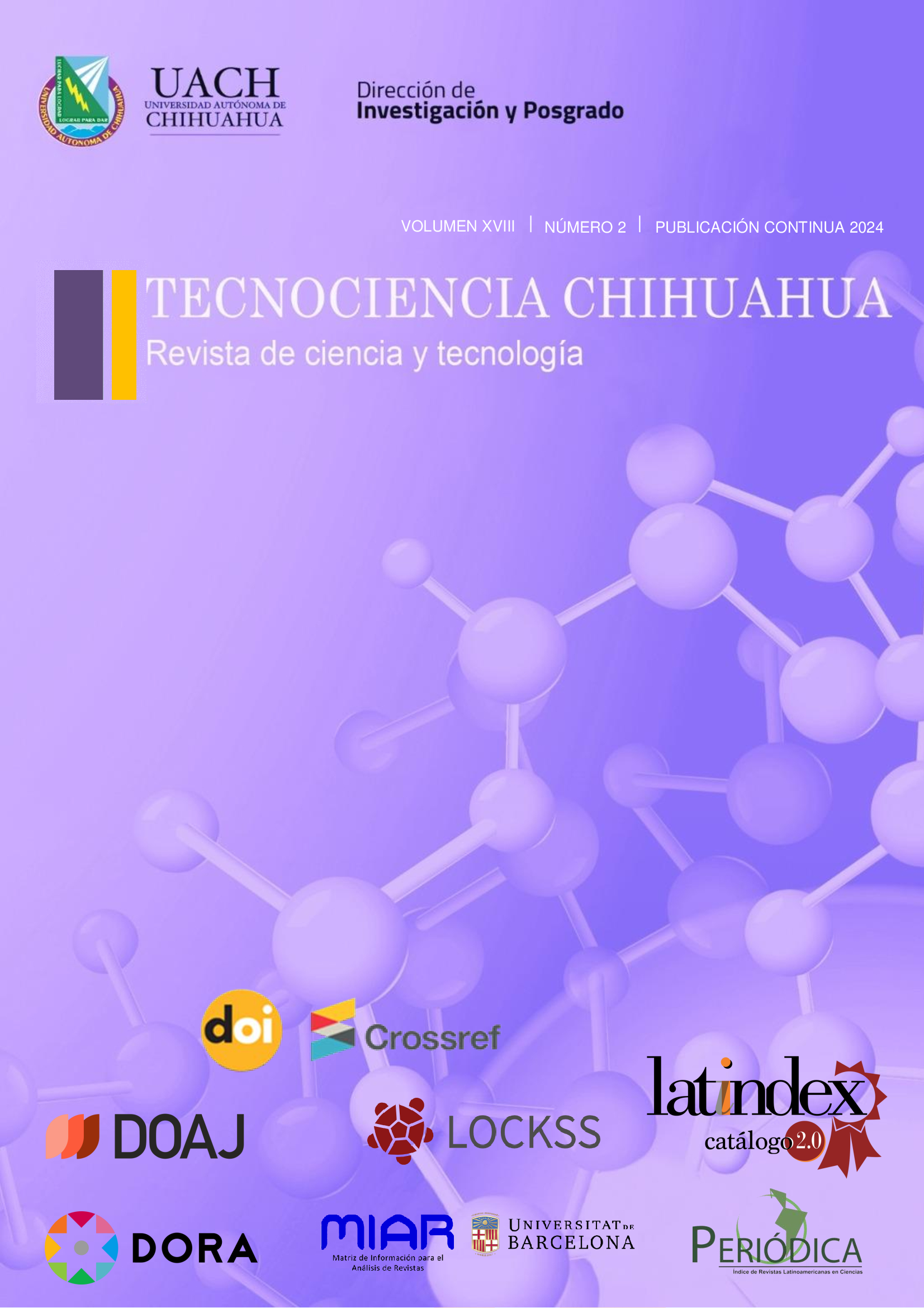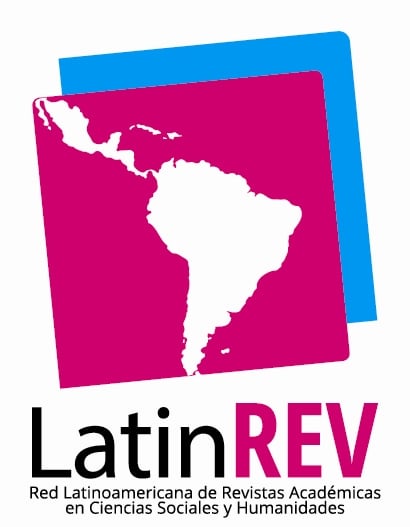Submerged fermentation with fruit and vegetable waste on organic acid production and enzymatic activity
DOI:
https://doi.org/10.54167/tch.v18i2.1573Palabras clave:
bioproducts, food waste, lactic acid, submerged fermentation, waste valorizationResumen
Fermentations often require the addition of nutrients or inoculants, along with the control of specific parameters. This leads to increased operational costs and complicates implementation, especially in areas with limited interest in organic waste treatment. The objective was to conduct submerged fermentation without adding of inoculum, using solely fruit and vegetable waste, to evaluate organic acid levels and enzymatic activities as an alternative for producing high-value-added products. To achieve this, waste from oranges, bananas, apples, carrots, papayas, and pineapples was utilized; these were placed in a 6 L plastic container with 4 L of distilled water and 400 g of piloncillo (jaggery). Fermentation progress was monitored over 49 days, with a 30 mL sample analyzed every 7 d. Organic acids were quantified via HPLC-UV; reducing and total sugars, proteins, and enzymatic activities were determined using spectrophotometry. A significant concentration of lactic acid (16.53 g/L), comparable to that observed in cultures featuring specialized microorganisms, was noted. The highest pectinase activity was recorded on day 28 (55 U/L). These findings highlight the potential for generating high-value-added products through submerged fermentations.
https://doi.org/10.54167/tch.v18i2.1573Descargas
Citas
Abdel-Rahman M. A., Y. Tashiro & K. Sonomoto. (2013). Recent advances in lactic acid production by microbial fermentation processes. Biotechnology Advances 31 (6). DOI: https://doi.org/10.1016/j.biotechadv.2013.04.002
Arun C. & P. Sivashanmugam. (2015a). Investigation of biocatalytic potential of garbage enzyme and its influence on stabilization of industrial waste activated sludge. Process Safety and Environmental Protection 94. DOI: https://doi.org/10.1016/j.psep.2014.10.008
Arun C. & P. Sivashanmugam. (2015b). Identification and optimization of parameters for the semi-continuous production of garbage enzyme from pre-consumer organic waste by green RP-HPLC method. Waste Manage 44. DOI: https://doi.org/10.1016/j.wasman.2015.07.010
Bradford M. M. (1976). A rapid and sensitive method for the quantitation of microgram quantities of protein utilizing the principle of protein-dye binding. Analytical Chemistry 72 (1-2). DOI: https://doi.org/10.1016/0003-2697(76)90527-3
Domínguez A., F.J. Deive, M.A. Angeles-Sanroman & M.A. Longo. (2010). Biodegradation and utilization of waste cooking oil by Yarrowia lipolytica CECT 1240. European Journal of Lipid Science and Technology 112 (11), 1200–1208. DOI: https://doi.org/10.1002/ejlt.201000049
Dou Z. & J.D. Toth. (2021). Global primary data on consumer food waste: Rate and characteristics–A review. Resources, Conservation and Recycling 168. DOI: https://doi.org/10.1016/j.resconrec.2020.105332
Dubois M., K.A. Gilles, J.K. Hamilton, P.A. Rebers & F. Smith. (1956). Colorimetric Method for determination of sugars and related substances. Analytical Chemistry 28 (3), 350-356. DOI: https://doi.org/10.1021/ac60111a017
Falony G., J.C. Armas, J.C.D. Mendoza & J.L.M. Hernández. (2006). Production of extracellular lipase from Aspergillus niger by solid-state fermentation. Food Technology and Biotechnology 44 (2), 235–240.
Girotto F., L. Alibardi & R. Cossu. (2015). Food waste generation and industrial uses: A review. Waste Management 45, 32-41. DOI: http://dx.doi.org/10.1016/j.wasman.2015.06.008
Haddar A., R. Agrebi, A. Bougatef, N. Hnmidet, A. Sellami-Kamoun & M. Nasri. (2009). Two detergent stable alkaline serine-proteases from Bacillus mojavensis A21: Purification, characterization and potential application as a laundry detergent additive. Bioresource Technology 100 (13), 3366-3373. DOI: https://doi.org/10.1016/j.biortech.2009.01.061
Hofvendahl K. & B. Hahn-Hägerdal. (2000). Factors affecting the fermentative lactic acid production from renewable resources. Enzyme and Microbial Technology 26 (2-4), 87-107. DOI: https://doi.org/10.1016/S0141-0229(99)00155-6
Jawad A.H., A.F. Alkarkhi, O.C. Jason, A.M. Easa & N.N. Norulaini. (2013). Production of the lactic acid from mango peel waste–factorial experiment. Journal of King Saud University - Science 25 (1), 39-45. DOI: https://doi.org/10.1016/j.jksus.2012.04.001
Jayani R.S., S. Saxena & R. Gupta. (2005). Microbial pectinolytic enzymes: a review. Process Biochemistry 40 (9), 2931-2944. DOI: https://doi.org/10.1016/j.procbio.2005.03.026
Kiran E.U., A.P. Trzcinski, W.J. Ng & Y. Liu. (2014). Enzyme Production from Food Waste: Using a Biorefinery Concept. Waste and Biomass Valorization 5 (6), 903-917. DOI: https://doi.org/10.1007/s12649-014-9311-x
Lee W.S., A.S.M. Chua, H.K. Yeoh & G.C. Ngoh. (2014). A review of the production and applications of waste-derived volatile fatty acids. Chemical Engineering Journal 235, 83-99. DOI: https://doi.org/10.1016/j.cej.2013.09.002
Li Y., D. He, D. Niu & Y. Zhao. (2015). Acetic acid production from food wastes using yeast and acetic acid bacteria micro-aerobic fermentation. Bioprocess and Biosystems Engineering 38 (5), 863-869. DOI: https://doi.org/10.1007/s00449-014-1329-8
Maciel M., C. Ottoni, C. Santos, N. Lima, K. Moreira & C. Souza-Motta. (2013). Production of polygalacturonases by Aspergillus section Nigri strains in a fixed bed reactor. Molecules 18 (2), 1660–1671. DOI: https://doi.org/10.3390/molecules18021660
Margesin R., G. Feller, M. Hämmerle, U. Stegner & F. Schinner. (2002). A colorimetric method for the determination of lipase activity in soil. Biotechnology Letters 24 (1), 27-33. DOI: https://doi.org/10.1023/A:1013801131553
Martínez-Trujillo A., L. Arreguín-Rangel, M. García-Rivero & G. Aguilar-Osorio. (2011). Use of fruit residues for pectinase production by Aspergillus flavipes FP-500 and Aspergillus terreus FP-370. Letters in Applied Microbiology 53 (2), 202-209. DOI: https://doi.org/10.1111/j.1472-765X.2011.03096.x
Mian M.M., X. Zeng, A.A.N.B. Nasry & S.M. Al-Hamadani. (2017). Municipal solid waste management in China: a comparative analysis. Journal of Material Cycles and Waste Management 19 (3), 1127-1135. DOI: https://doi.org/10.1007/s10163-016-0509-9
Miller G.L. (1959). Use of dinitrosalicylic acid reagent for determination of reducing sugar. Analytical Chemistry 31, 426-428. DOI: https://doi.org/10.1021/ac60147a030
Mirabella N., V. Castellani & S. Sala. (2014). Current options for the valorization of food manufacturing waste: a review. Journal of Cleaner Production 65, 28-41. DOI: https://doi.org/10.1016/j.jclepro.2013.10.051
Mujtaba M., L.F. Fraceto, M. Fazeli, S. Mukherjee, S.M. Savassa, G.A. de Medeiros & F. Vilaplana. (2023). Lignocellulosic biomass from agricultural waste to the circular economy: a review with focus on biofuels, biocomposites and bioplastics. Journal of Cleaner Production 402. DOI: https://doi.org/10.1016/j.jclepro.2023.136815
Okino-Delgado C.H. & L.F. Fleuri. (2014). Obtaining lipases from byproducts of orange juice processing. Food Chemistry 163, 103-107. DOI: https://doi.org/10.1016/j.foodchem.2014.04.090
Panda S.K., S.S. Mishra, E. Kayitesi & R.C. Ray. (2016). Microbial-processing of fruit and vegetable wastes for production of vital enzymes and organic acids: Biotechnology and scopes. Environmental Research 146, 161-172. DOI: http://dx.doi.org/10.1016/j.envres.2015.12.035
Papargyropoulou E., R. Lozano, J. Steinberger, N. Wright & Z. Bin Ujang. (2014). The food waste hierarchy as a framework for the management of food surplus and food waste. Journal of Cleaner Production 76, 106-115. DOI: http://dx.doi.org/10.1016/j.jclepro.2014.04.020
Rivera I., M. Robles, J.C. Mateos-Díaz, A. Gutierrez-Ortega & G. Sandoval. (2017). Functional expression, extracellular production, purification, structure modeling and biochemical characterization of Carica papaya lipase 1. Process Biochemistry 56, 109-116. DOI: https://doi.org/10.1016/j.procbio.2017.02.009
Selvakumar P. & P. Sivashanmugam. (2017). Optimization of lipase production from organic solid waste by anaerobic digestion and its application in biodiesel production. Fuel Processing Technology 165, 1-8. DOI: https://doi.org/10.1016/j.fuproc.2017.04.020
Silva C.A.D.A., M.P.F. Lacerda, R.S.R. Leite & G.G. Fonseca. (2013). Production of enzymes from Lichtheimia ramosa using Brazilian savannah fruit wastes as substrate on solid state bioprocesses. Electronic Journal of Biotechnology 16 (5), 9-9. DOI: http://dx.doi.org/10.2225/vol16-issue5-fulltext-7
Södergård A. & M. Stolt. (2002). Properties of lactic acid-based polymers and their correlation with composition. Progress in Polymer Science 27 (6), 1123–1163. DOI: https://doi.org/10.1016/S0079-6700(02)00012-6
Taboada-González P.A., Q. Aguilar-Virgen & S. Ojeda-Benitez. (2011). Análisis estadístico de residuos sólidos domésticos en un municipio fronterizo de México. Avances en Ciencias e Ingeniería 2 (1), 9-20. URL: https://www.redalyc.org/pdf/3236/323627681002.pdf
Valta K., P. Damala, V. Panaretou, E. Orli, K. Moustakas & M. Loizidou. (2017). Review and assessment of waste and wastewater treatment from fruits and vegetables processing industries in Greece. Waste and Biomass Valorization 8 (5), 1629-1648. DOI: https://doi.org/10.1007/s12649-016-9672-4
Venkat K. (2011). The climate change and economic impacts of food waste in the United States. International Journal of Food System Dynamics 2 (4), 431-446. DOI: https://doi.org/10.18461/ijfsd.v2i4.247
Wang J., M. Gao, Q. Wang, W. Zhang & Y. Shirai. (2016). Pilot-scale open fermentation of food waste to produce lactic acid without inoculums addition. RSC Advances 6 (106), 104354-104358. DOI: https://doi.org/10.1039/C6RA22760K
Yáñez R., A.B. Moldes, J.L. Alonso & J.C. Parajó. (2003). Production of D (-)-lactic acid from cellulose by simultaneous saccharification and fermentation using Lactobacillus coryniformis subsp. torquens. Biotechnology Letters 25 (14), 1161-1164. DOI: https://doi.org/10.1023/A:1024534106483
Zilly A., G.C. dos Santos Bazanella, C.V. Helm, C.A.V. Araújo, C.G.M. de Souza, A. Bracht & R.M. Peralta. (2012). Solid-state bioconversion of passion fruit waste by white-rot fungi for production of oxidative and hydrolytic enzymes. Food Bioprocess Technology 5 (5), 1573–1580. DOI: https://doi.org/10.1007/s11947-011-0532-8
Descargas
Publicado
Cómo citar
-
Resumen122
-
PDF47
-
HTML 7
Número
Sección
Licencia
Derechos de autor 2024 TECNOCIENCIA Chihuahua

Esta obra está bajo una licencia internacional Creative Commons Atribución-NoComercial 4.0.

















